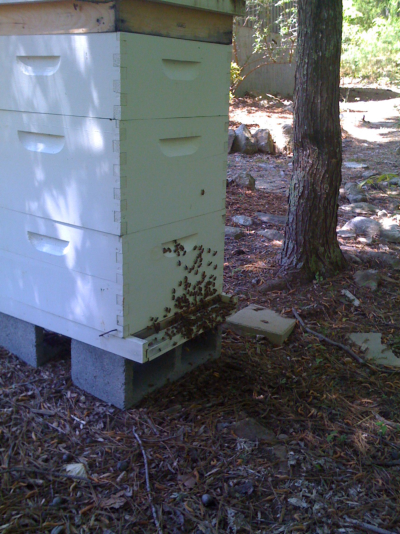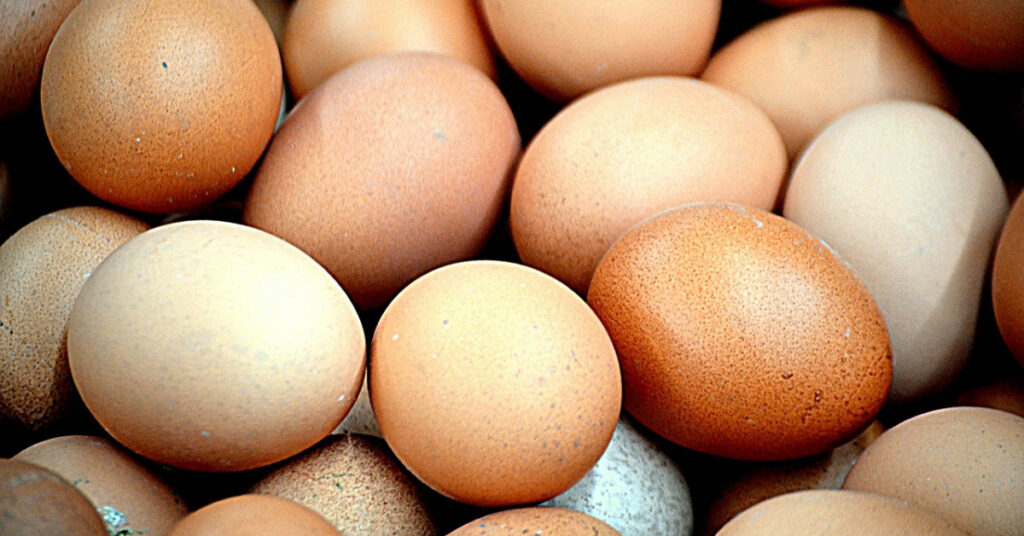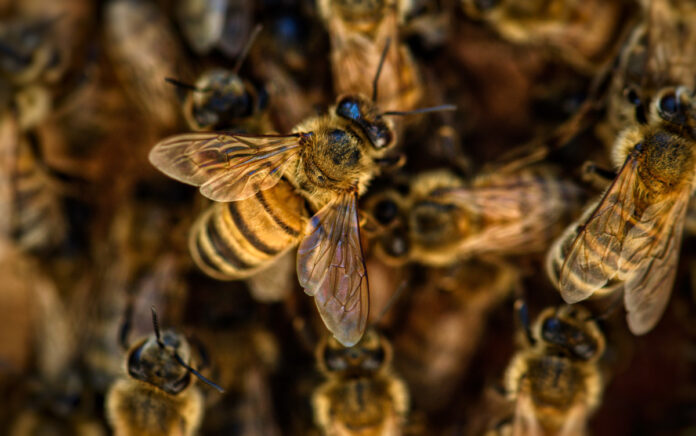Earlier this week, I took advantage of the warm weather to spend some time in the garage and inventory my beekeeping supplies. I have a brand new hive bottom, a super with frames, and several spare large and medium frames. I also have a hive tool, a bee keeper jacket with hood, gloves, and a smoker.
When my daughter was in high school, she raised bees as a science project. When she went off to college, I inherited the bees. We had them for five or six years before we lost the hive to some unknown die-off. To get rid of any mites or disease, I burned the boxes, disposed of the frames, and packed away all the unused parts and accessories in case I had bees again one day. Looks like that day is almost here.
To construct a full hive, I ordered two hive bodies, an inner lid, an outer lid, a queen excluder, an entrance reducer, and an inside feeder that replaces a frame. I still need a bee brush and hive staples. I have a few cinderblocks that I plan to use as a base.
The three-pound package of Italian bees with their queen will show up in April. Then I will don the bee suit and pour the bees into the hive. I’ll add a second hive body once the queen is free from confinement and starts producing brood. Not knowing what will be flowering and providing pollen and nectar when they arrive, I expect I will need to feed the hive.

Bee Feeding
Last time around, we fed our bees sugar water. This year, I am taking a more aggressive position and will also feed pollen substitute when there are few flowers or trees blooming. I will also put bee candy in their hive over the winter.
2021 is our growth year and our learning year. I want to start small but build so the bees and chickens can help support us during anything from an economic collapse to a global disaster. While we will have only one hive this year, I want it to be a strong one, able to go into the winter healthy and be ready to fly early in 2022 to provide a good harvest of honey. I would love to have a strong enough hive next spring to pull some frames out of it, buy a queen, and start a second a second hive.
This area has a tremendous amount of trees, most of which feed bees when in bloom, including apple trees. My wife is planning to plant many different pollinators to enhance the wild flowers, bushes and grasses that are already growing. I expect those will be even stronger next year as well. We are hopeful this area can support multiple hives.
I’d Like an Order of Chickens, Please
I also ordered 16 chicks from Murray McMurray hatchery. We are expecting eight female Red Star chicks and 8 Speckled Sussex. The latter will include a mix of male and female chickens. We also will get one free random chick (which people have warned me is likely to be a male). Both breeds are prolific layers of brown eggs, handle cold weather well, and are good free range birds.
The red star chicks should grow up to be our primary layers, each one delivering anywhere from 280 to 365 eggs per year. The Speckled Sussex breed lays less, but is supposed to be great on homesteads. They go broody and will sit on eggs and raise chicks, a trait that has been bred out of some breeds. The Sussex also has natural camouflage, which may help protect them from hawks. Plus, they are good meat birds, with the males reaching 9 pounds at maturity. If we end up relying on chickens as a critical food supply after a SHTF period, I expect these Speckled Sussex will be the ones that carry us through it by breeding true and raising new chickens.
A Learning Experience
The hatchery scheduled the chicks to show up the first week of June, later than I had expected. I did not know that I had to order my chickens so far in advance. We’re talking pretty close to 90 days to get my chicks. That’s a mistake I won’t repeat next year. I could have gotten some chicks sooner, but not the breeds I wanted. So the time to order seems to be by January or even before.
As it was, I had wanted Barred Rocks, but they were not available from Murray McMurray until late July, so I substituted the Speckled Sussex. I think we will be happy with the replacement.
We plan to eat the roosters, but I may keep one if he is protective enough of the girls and isn’t too aggressive with us. Of course, we will also have to see if my wife and I can sleep through his crowing…
These 17 chicks will be our practice chickens. If they—and we as chicken owners—do well, I plan to order meat chickens next spring. You can read books and magazine articles and watch YouTube videos, but there are going to be things we don’t know until we get the onsite and have hands-on experience.

How Many Eggs is Too many
Between breakfast and baking, we eat 30 to 36 eggs per week. 12 hens are likely to give us twice that in a good week. I’m OK with extra eggs. They make great gifts, and there are plenty of people we can share them with.
I’m already looking forward to some omelets, maybe with some veggies from the garden.







